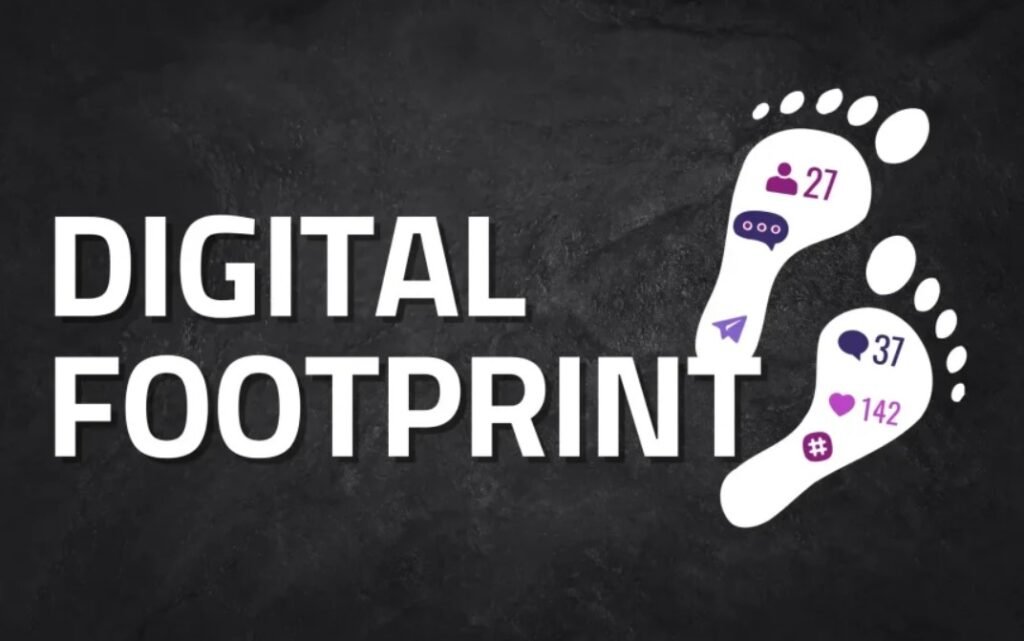Your digital footprint is essentially your online data. As you trawl through various websites, you’ll be leaving behind digital footprints – small pieces of data that people could, potentially, use to ‘follow’ you if they wanted. Now, unless you’re insanely talented, it is nigh on impossible to completely cover your digital footprints when spending cash online. You probably don’t even want to, since the company you’re purchasing from does need to know who you are. However, there are a few things you can do to help reduce your digital footprint.
Don’t sign up for mailing lists
Nearly every single online platform will ask you to register for a mailing list when you buy something from them. It is a great bit of data since online platforms know that if you’ve already purchased from them, you’re more likely to buy from them again.
So, during the purchase flow, read carefully to ensure you’re not signing up for any mailing list. If you are, unsubscribe (unless you want to be a member of the mailing list, of course).
Check the website is secure
Whenever you land on an online site you’re unfamiliar with, look at the address bar at the top. Check it says https:// rather than http://. You can also look for a small padlock on this bar. This indicates that your data is encrypted on the site. If there is no https:// there, under absolutely no circumstances should you share your payment information, and your digital privacy is under severe threat. Your money could get stolen.
Share only information relevant to the order
For market research purposes, some online platforms will ask you for a wealth of information before they process your order. Only share information needed for the completion of your order. This is normally your name, address, telephone number, email and payment information. If data isn’t required to process the order, don’t share it. It’ll only be used to market to you in the future.
Clear your shopping history
If you shop at platforms like Amazon, this is something that you might already have noticed – a platform will keep tabs on your browsing and shopping history. It will then use this data to share products that you may like from them. Sometimes, it is handy. However, let’s be honest, these companies are not doing this out of the goodness of their hearts. They just want to make a sale.
Most of the time, you can turn off this data storage (or at least clear it from the system). Have a hunt around the platform’s user management settings to see what you can do.
Use your Wi-Fi to buy items online
Using your own Wi-Fi (and we assume it is password protected with a strong password) can help to protect your data from snoopers. Never use public Wi-Fi to purchase items, particularly in well-traveled places like airports, restaurants, bars etc. People will spy on your digital footprint.
Make sure you have a strong password
When you buy items online, you’ll have a lot of information stored behind your account. Make sure that you use a strong password (ie not the same password you have for every other account) to prevent people from snooping. You might even want to use a password manager app of some description that will generate very unique passwords that are almost impossible to crack.
Create an individual account for a platform
Some online e-commerce platforms will claim they’ll make life easier for you by allowing you to log in using existing accounts, for example, Google or Facebook. Don’t use them. It might be easier, but you’re just adding a new way to follow your digital footprint. Every account should have a unique account tied to it.
Use the right payment methods
You don’t want to pay with any payment method online. You want to ensure that you pay using methods that will protect your digital footprint. For example, PayPal will let you link various bank accounts or credit cards to your PayPal. This can help to hide your digital footprint from your bank. It can also help to hide some personal details from an online store.
Use a VPN
If you’re serious about protecting your digital footprint when buying online, you’ll want to use a VPN. A VPN can hide your location (including your country) and even help to protect transmitted data. This means that you’ll be properly protected. It will cost money and you’ll need to hunt around for the right VPN, but most people find it more than worth it. Plus, a VPN can help to protect almost everything that you do online, which is highly beneficial to most people!
Protect your digital footprint now
Remember – protecting your digital footprint when shopping online is essential. It makes it trickier to keep tabs on your shopping habits and it makes it harder for companies to get their hands on personal information they don’t need. Follow these tips and make sure that you work with reputable websites, and you’ll find it easier than ever to protect your online digital footprint when buying anything online.











